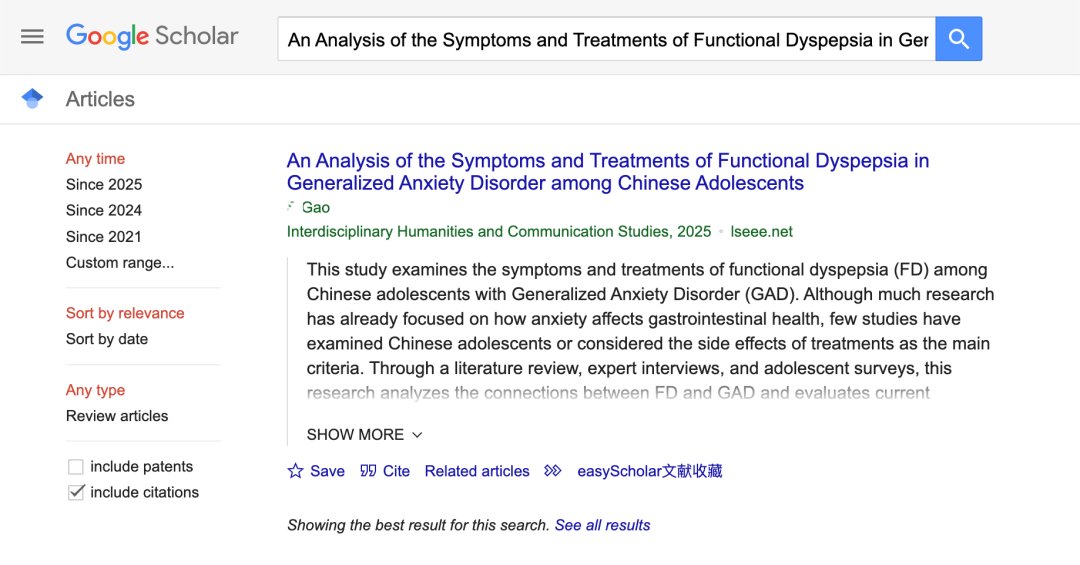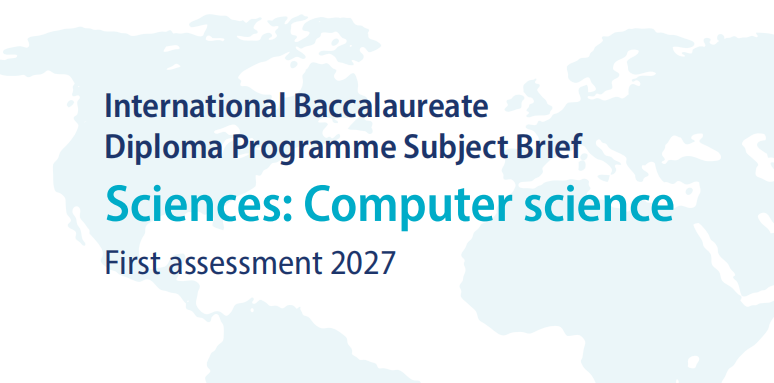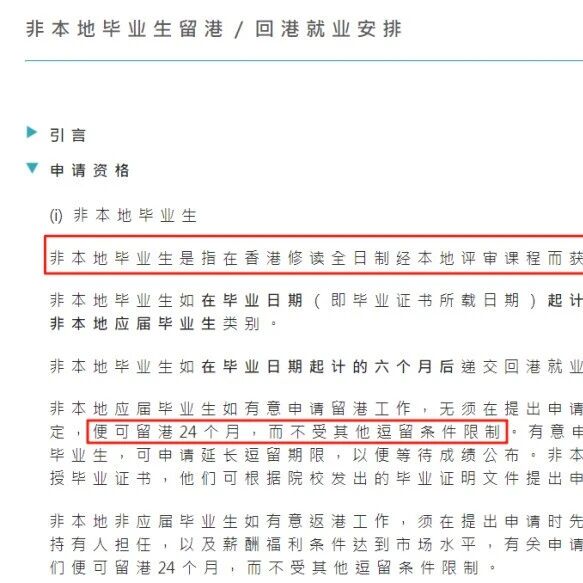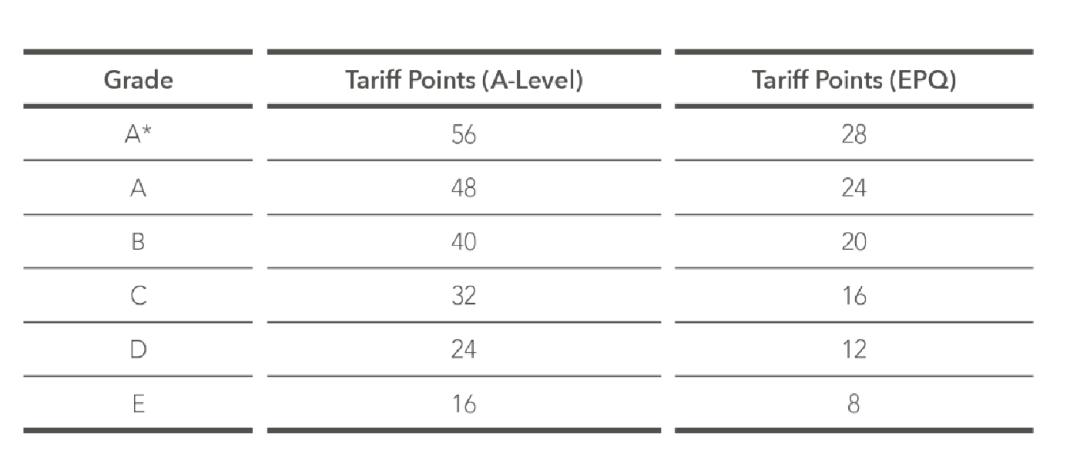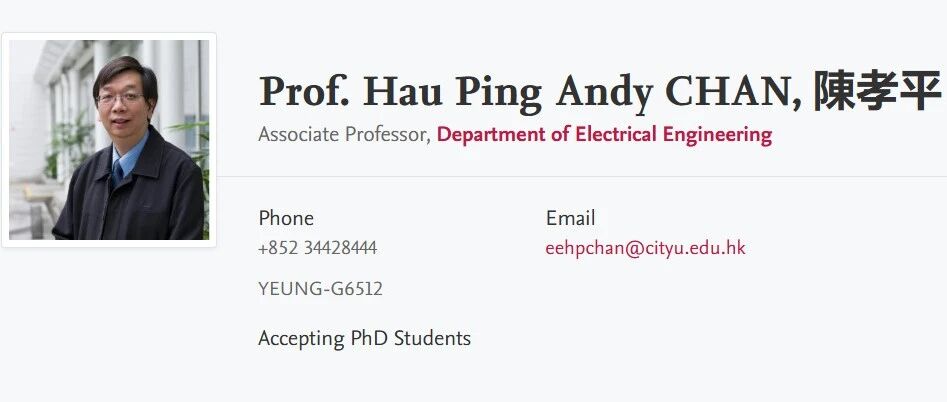WSC Weekly2025世界学者杯the World Scholar's Cup
@WSC小学者们!Jerry喊你来看
WSC Weekly专栏啦!
2025年度主题:重燃未来Reigniting the Future
WSC Weekly专栏将精选最新话题内容
助力小学者准备世界学者杯!
让我们怀着
永恒的学术精神与信念
探索未来的无限可能吧!
锁定每周WSC Weekly
上期回顾&Quiz答案揭晓
在2025年世界学者杯第11期WSC Weekly栏目中,我们与小学者认识了神秘的希腊火。在上期的趣味Quiz中,你是否找到了正确答案?现在就让我们一起来揭晓吧!
西方战争史上最神秘的武器是什么?
Greek fire-the most mysterious weapon in western history warfare?
第11期Quiz答案揭晓:
What is one of the main reasons Greek fire's formula remains unknown today? 希腊火的配方至今不为人知的主要原因是什么?
A. The ingredients were too rare to reproduce 原料太稀有,难以复制
B. The recipe was destroyed in a fire 配方毁于一场大火
C. It was a closely guarded Byzantine state secret 这是拜占庭严密保守的国家机密
D. It was written in a lost language 配方是用失传的语言写成的
E. It was invented by Greek slaves 配方是希腊奴隶发明的
正确答案:C
Key: C
2025年第12期
Weekly Intro
也许有一天,太阳终将熄灭,地球将被灼烧为一片废墟,那时人类将何去何从?如何避免人类灭绝呢?是把太阳变小,回收太阳能量,还是人类星际大迁移?本期 Weekly,来听我们“拯救人类”的计划!
2025 No.12
太阳终将熄灭,人类可以避免灭绝吗?
As the sun is destined to die, how can we save the mankind?
太阳终将消逝
太阳,这颗灿烂的恒星,是太阳系的核心,已经维系地球生命超过四十亿年。但它并不会永远存在。大约十亿年后,太阳将变得异常炽热,地球表面温度将超过水的沸点,引发失控的温室效应,使我们的星球变得无法居住。而在大约五十亿年后,太阳将膨胀成一颗红巨星,最终坍缩为白矮星,留下的地球——如果届时地球仍存在——将是一块被灼烧过的死寂之地。这一宇宙倒计时引发了一个关键问题:作为一个物种,我们如何才在恒星的终结中幸存?
The Sun, the radiant heart of our solar system, has sustained life on Earth for over four billion years. But it won't last forever. In about a billion years, it will grow so hot that Earth's surface temperature will surpass the boiling point of water, initiating a runaway greenhouse effect that will render our planet uninhabitable.And in roughly five billion years, the Sun will expand into a red giant before collapsing into a white dwarf, leaving Earth—if it still exists—a scorched, lifeless husk.This cosmic deadline raises a vital question: how can we, as a species, survive the death of our star?
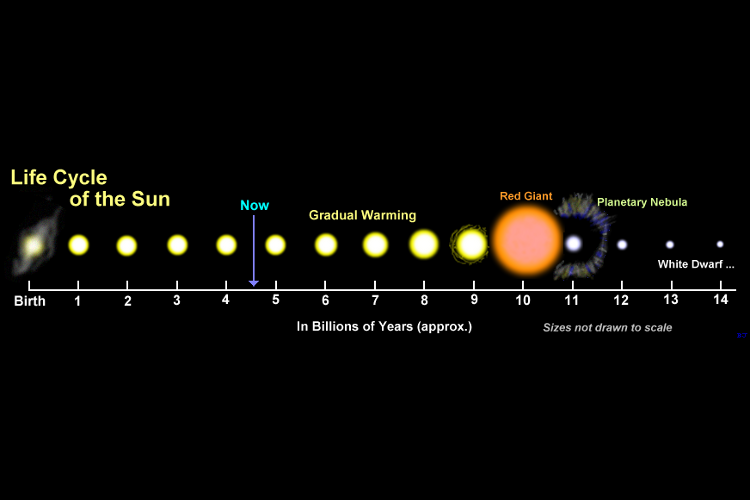
星际大迁移
一个合乎逻辑的解决方案是成为一个能够在不同恒星之间迁移的“星际文明”。这个设想虽然诱人,却面临巨大的挑战。在没有超光速技术的前提下,将包括数十亿人类在内的整个生态系统跨越光年距离转移到其他星系,将需要难以想象的能量与资源。即便这种迁移可行,也只是延迟了灭亡的命运,因为每一颗恒星的寿命都是有限的。这意味着人类必须无休止地在星系之间迁移,寻找新的太阳,仿佛永远活在借来的时间中。
One logical solution is to become an interstellar civilization—capable of moving from star to star as needed.This idea, while compelling, comes with enormous challenges. Transporting entire ecosystems or even millions of people across light-years without faster-than-light travel would demand incomprehensible energy and resources.Even if such migrations were possible, they would only delay the inevitable, as every star has a finite life.It would require humanity to hop endlessly from system to system in search of new suns, essentially living on borrowed time.
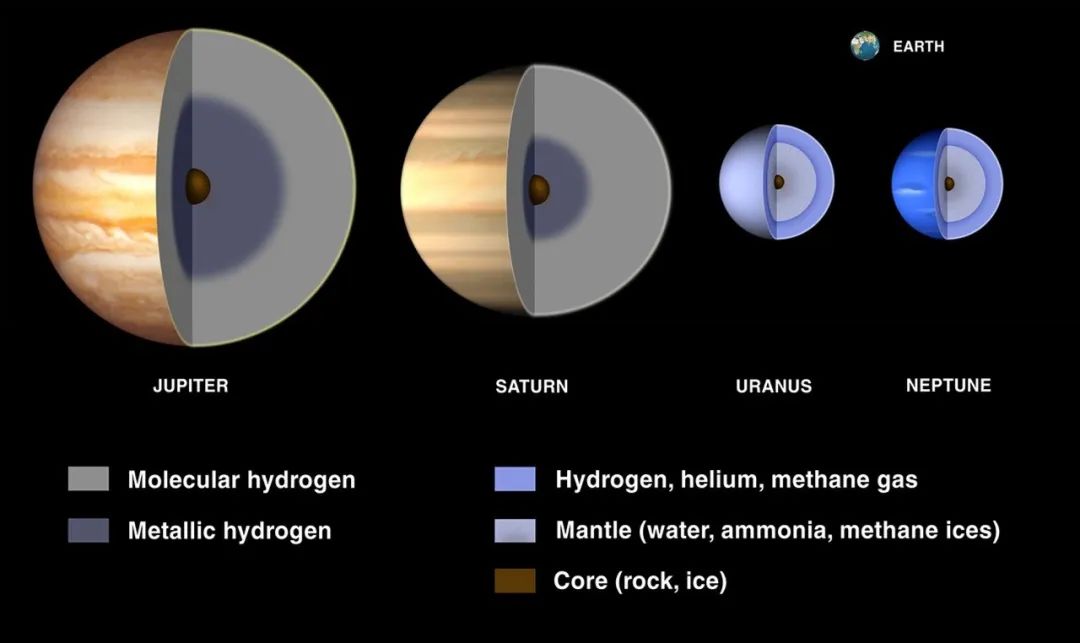
给太阳续命
那我们是否可以正面解决而不是逃避这个问题呢?我们是否可以延长太阳的寿命,为人类争取更多生存时间,或许是几十亿年,甚至几万亿年?一个最符合直觉的想法是给太阳加燃料,例如从太阳系外层的气态巨行星如木星、土星中提取氢元素注入太阳。虽然这确实会补充氢燃料,但额外的质量会提高太阳内部的压力与温度,从而加速而不是减缓燃烧。事实上,哪怕将所有气态巨行星投入太阳,也只会使太阳质量增加0.14%,却可能让它的寿命缩短3000万年。所以这不仅不是解决方案,反而会加速我们的灭亡。
Instead of running from the problem, could we confront it directly?Could we prolong the life of our own Sun and buy ourselves more time, perhaps even billions or trillions of years?An intuitive idea might be to refuel the Sun by feeding it more hydrogen, possibly from the outer solar system's gas giants like Jupiter and Saturn. However, while this would indeed add more hydrogen fuel, the extra mass would increase the Sun's internal pressure and temperature, causing it to burn faster, not slower.In fact, dumping all the gas giants into the Sun—just 0.14% of its current mass—could shorten its lifespan by 30 million years.Instead of a solution, it would accelerate our doom.
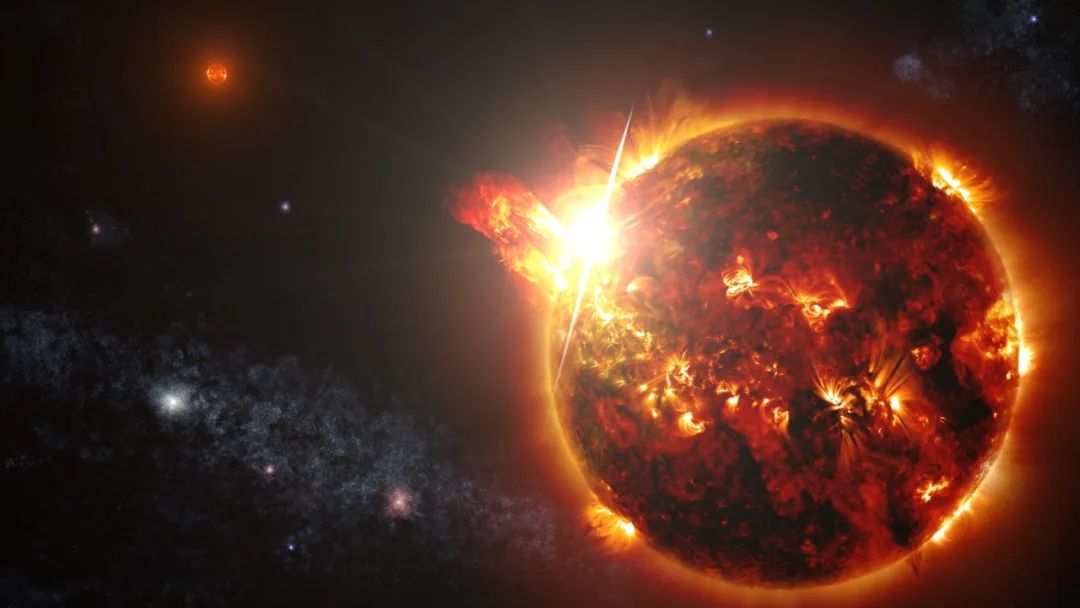
将太阳变小
另一个看似荒谬却可能有效的方式是:让太阳变小。红矮星是一类质量较小、燃烧速度极慢的恒星,其寿命可达万亿年。如果我们设法吸走太阳90%以上的质量,它就可能变成一颗红矮星,从而拥有最长可达五万亿年的寿命。然而,这种方法也存在巨大风险。太阳变小变暗后,地球必须更靠近太阳以维持温度,但如此接近可能会导致“潮汐锁定”,即地球一面永远面向太阳,造成一边炙热、一边冰冻的极端环境。此外,红矮星以频繁爆发耀斑而闻名,可能会灭绝附近星球上的生命。这一拯救太阳的尝试反而可能以另一种方式摧毁地球的宜居性。
Another option is counterintuitive: make the Sun smaller.Red dwarf stars—low-mass stars that burn fuel slowly—can live for trillions of years.If we could somehow siphon off 90% or more of the Sun's mass, it could become a red dwarf, and potentially last for up to 5 trillion years.Yet this approach also comes with risks. A smaller, dimmer Sun would force Earth to move inward to stay warm, but such proximity could cause tidal locking, where one side of Earth always faces the Sun, creating a scorched hemisphere and a frozen one. Additionally, red dwarfs are known for powerful flares that could sterilize nearby planets. In trying to save the Sun, we might just destroy Earth's habitability in new ways.
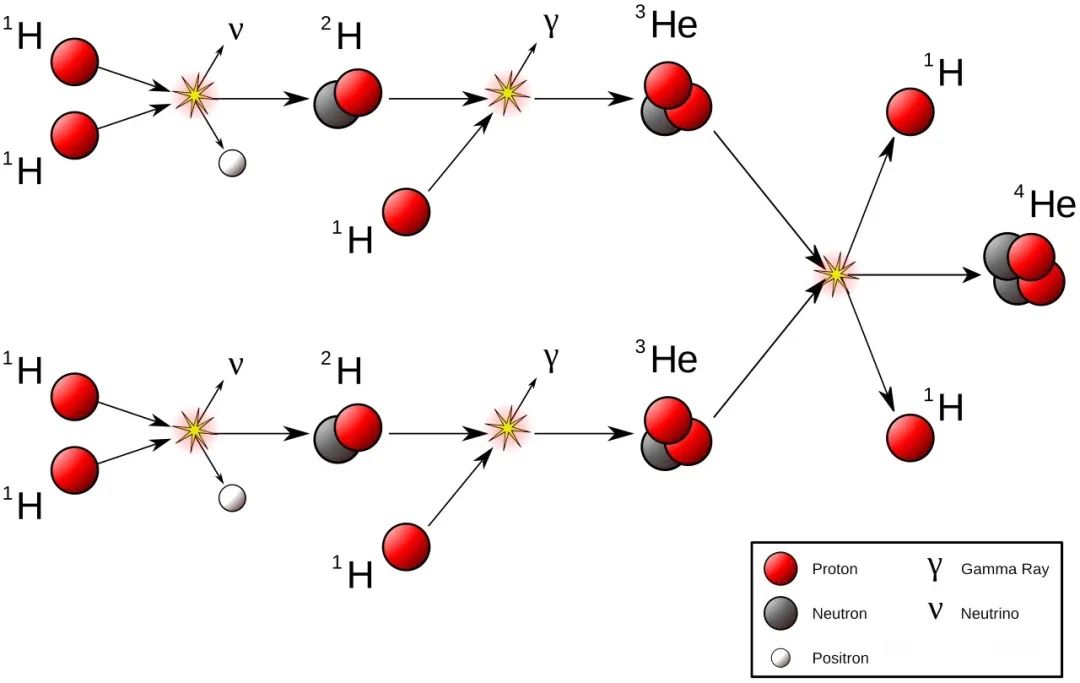
搬家or回收太阳能量
如果我们不尝试改变太阳,也不移动地球,那么能否转移地球上的生命?一种设想是减少太阳质量约17%,让其冷却一些,使宜居带向内移动,从而让金星变得适合居住。在对金星进行地球化改造后,人类可以迁往那里。但即便这一大胆计划成功,也只能为太阳延寿约六亿年。虽然意义重大,但仍远非永久性的解决方案。一个更雄心勃勃的想法是“回收”太阳核心积累的氦元素。当太阳将氢融合成氦时,它逐渐耗尽燃料。如果我们能将氦逆转为氢,就相当于重启了核聚变过程。从技术上讲,这是可能的:氦的中子可以衰变成质子与电子,重新组成氢原子。然而,这一逆过程消耗的能量大于其所能产生的能量——这意味着我们还需要一个比太阳更强大的外部能量源。虽然这一方法无法使太阳不死,但可能极大地减缓它的衰亡,将其寿命延长至万亿年级别。
What if, instead of fixing the Sun or moving Earth, we moved Earth's life?One concept is to remove about 17% of the Sun's mass, cooling it just enough to shift the habitable zone inward—making Venus the right distance to support life. After terraforming Venus, humanity could migrate there. But even this bold plan would only extend the Sun's life by about 600 million years. Significant, yes—but still far from a permanent fix.A far more ambitious idea involves recycling the helium that accumulates in the Sun's core.As the Sun fuses hydrogen into helium, it gradually loses its fuel. If we could somehow split helium back into hydrogen, we could effectively reset the fusion process. Technically, this is possible: neutrons from helium decay into protons and electrons, which can reform hydrogen atoms. However, this reverse process requires more energy than it produces—meaning we'd need an external energy source even greater than the Sun itself.While this method couldn't make the Sun immortal, it could greatly slow down its death, perhaps extending its life up to a trillion years.
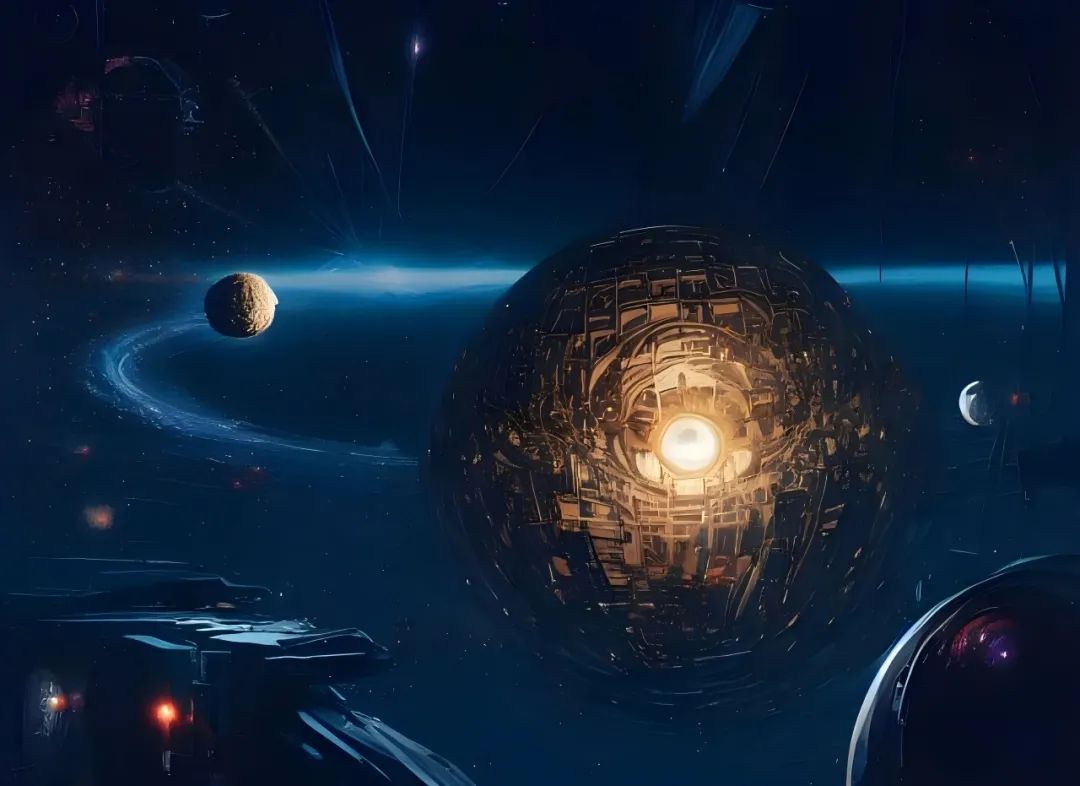
超长期思维
无论是移除质量、恒星重构,还是星际迁徙,所有这些设想有一个共同点:它们都需要人类实现巨大的技术飞跃。在未来的十亿年里,人类(如果依然存在)可能已经彻底改变。我们或许已超越生物形态,或将意识上传至机器;或许我们已能移动恒星、建造戴森球,甚至创造人造太阳。但在那之前,这些思想实验提醒我们必须具备“超长期思维”,即一种不局限于百年、千年,而是面向整个物种未来的长远规划能力。
All these ideas—mass removal, stellar recycling, interstellar migration—share one thing in common: they demand enormous technological leaps.In a billion years, humanity (if it still exists) may be completely unrecognizable. Perhaps we will have evolved beyond biological life, or transferred consciousness into machines. Perhaps we will have developed means of moving stars, building Dyson Spheres, or even creating synthetic suns.But until then, these thought experiments underscore the importance of long-term thinking—the kind of planning that looks beyond centuries, beyond millennia, to the deep future of our species.
Weekly关键词 Key Words
►red giant 红巨星
►white dwarf 白矮星
►red dwarf 红矮星
所属话题
# Much Excite, Much Ignite
相关阅读
https://medium.com/our-space/could-we-prolong-the-life-of-our-sun-b38fc935b6e7
Weekly FUN Quiz
相信现在你已经了解了“拯救人类”的计划!那就快来参与本期Weekly FUN Quiz👇,告诉老师你的答案吧!
Quiz
Which of the following methods can prolong the life of the Sun without destroying the Earth's habitability? 以下哪种方法可以延长太阳的寿命而不破坏地球的宜居性?
A. moving the Earth to another system 将地球移到另一个星系
B. adding more hydrogen into the core of the Sun 向太阳核心添加更多氢
C. reducing 90% of the mass of the Sun 减少太阳 90% 的质量
D. reducing 17 % of the mass of the Sun 减少太阳 17% 的质量
E. reversing the fission process 逆转裂变过程





